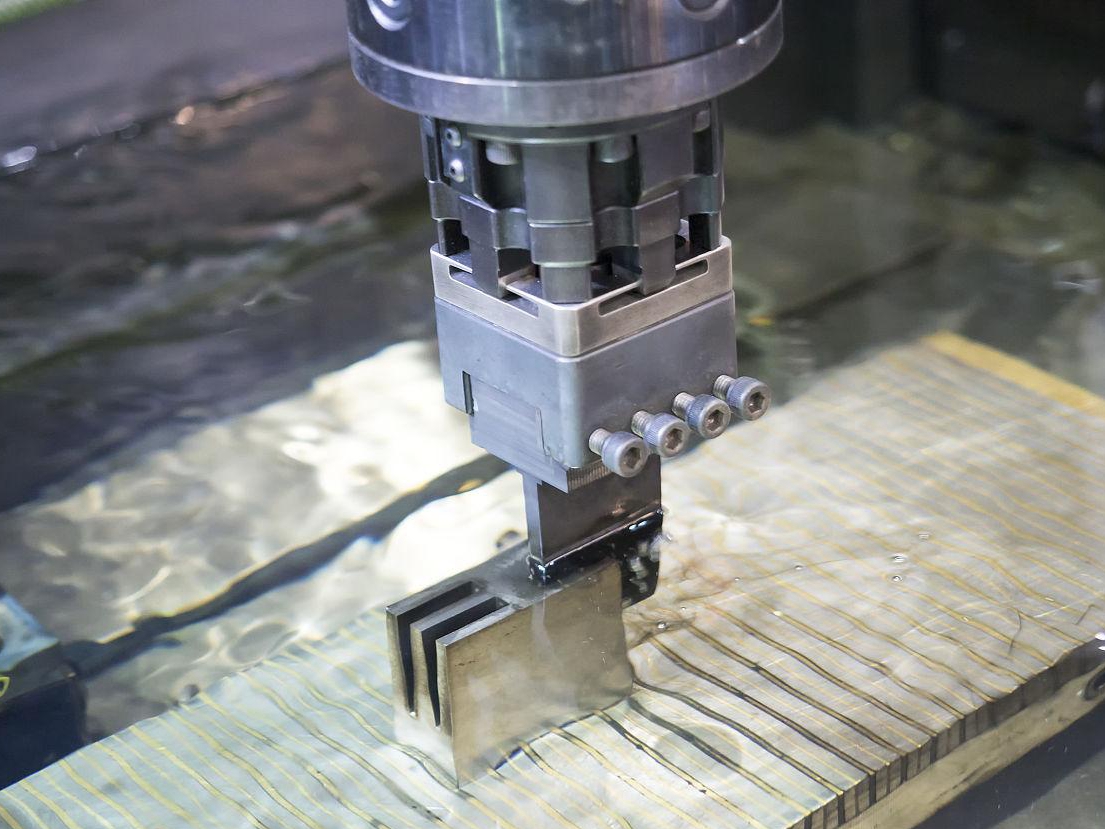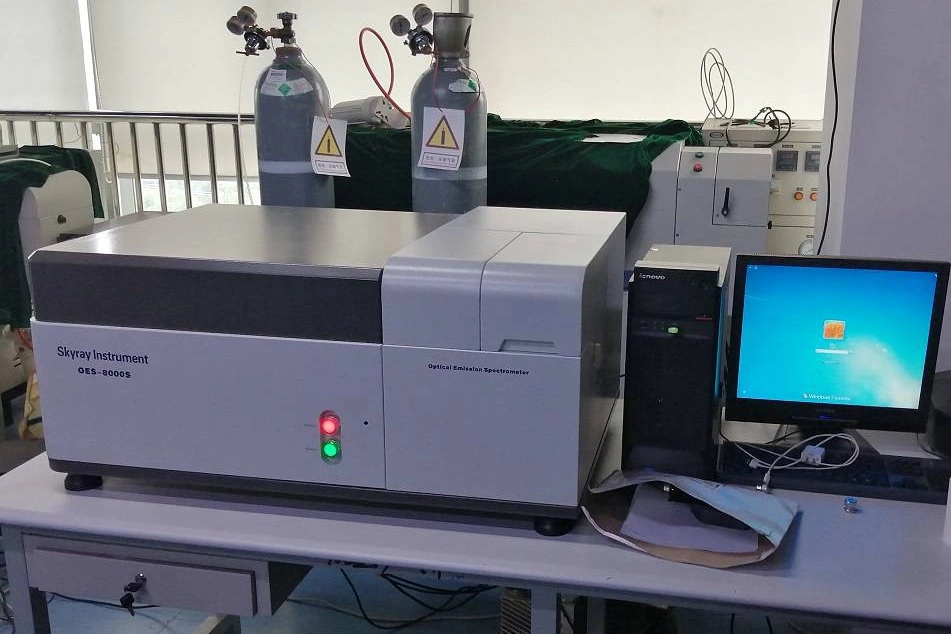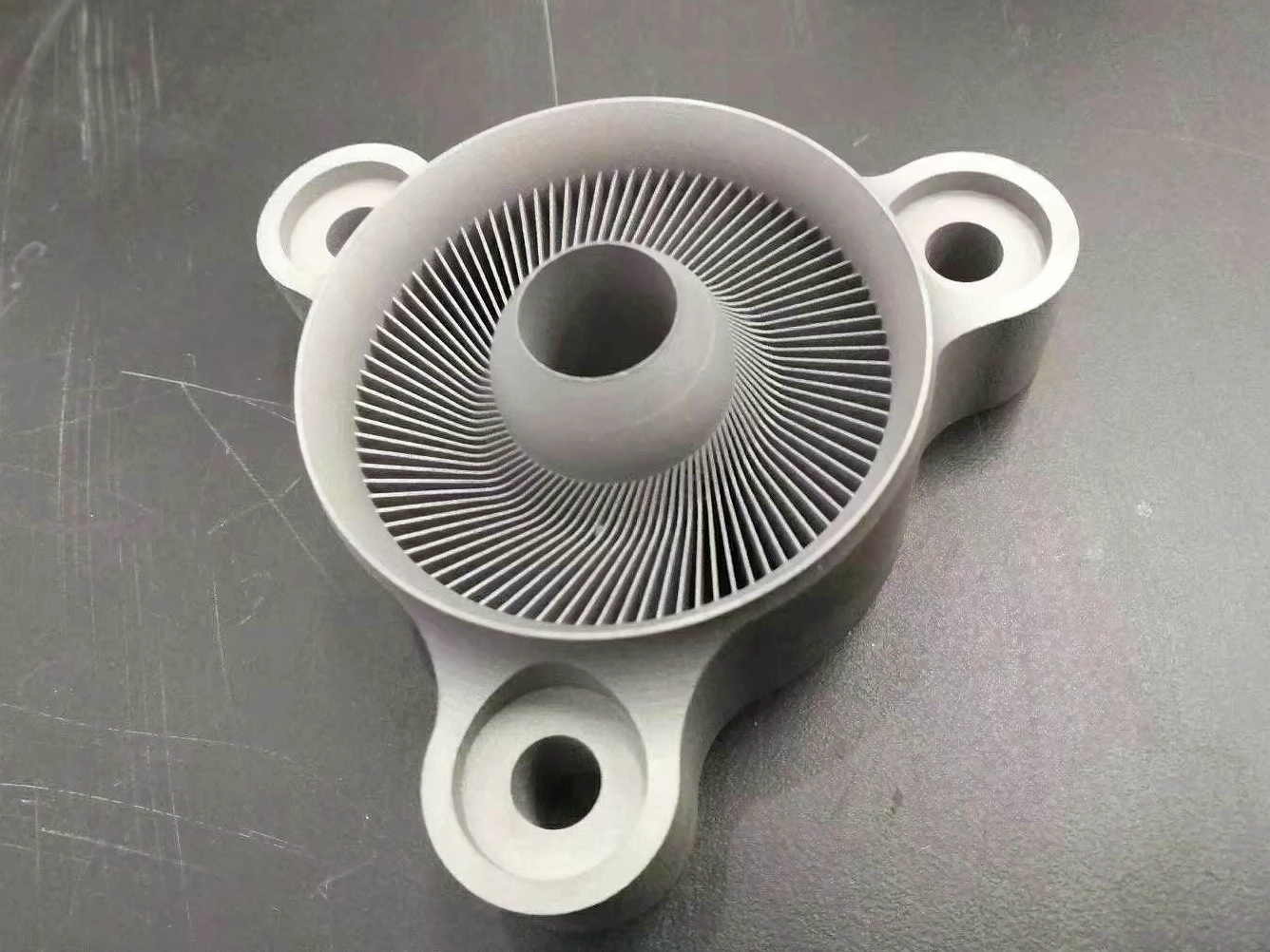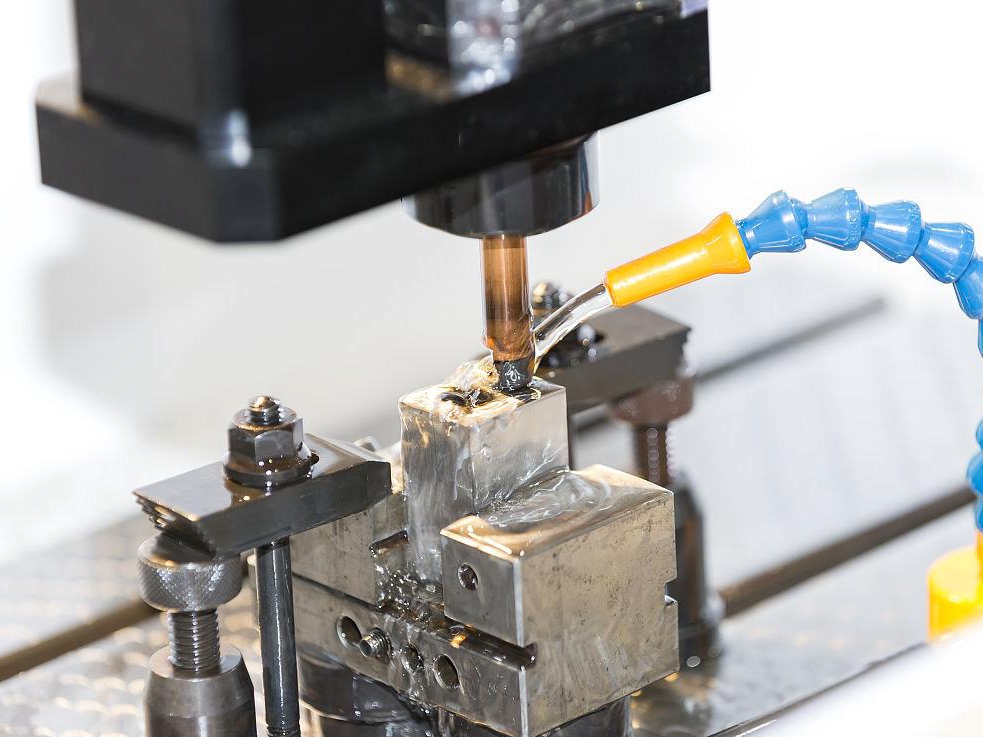High-precision Machining: What Is the Most Precise Precision for EMD Machining?
 Electrical Discharge Machining (EDM) is a widely used technique in high-precision manufacturing, known for producing intricate and complex shapes with extremely tight tolerances. As industries require increasingly detailed and accurate parts, EDM machining is often the go-to method due to its precision and reliability. In this blog, we will explore the limits of precision in EDM machining, the factors contributing to achieving these high precision levels, and the applications that benefit from EDM's exceptional accuracy.
Electrical Discharge Machining (EDM) is a widely used technique in high-precision manufacturing, known for producing intricate and complex shapes with extremely tight tolerances. As industries require increasingly detailed and accurate parts, EDM machining is often the go-to method due to its precision and reliability. In this blog, we will explore the limits of precision in EDM machining, the factors contributing to achieving these high precision levels, and the applications that benefit from EDM's exceptional accuracy.
What Is EDM Machining?
EDM removes material from a workpiece using electrical discharges between an electrode and the material. These discharges generate localized heat, melting and vaporizing the material, allowing for precise removal. Since EDM does not involve physical contact between the tool and the workpiece, it minimizes mechanical stresses. It reduces the risk of deformation, making it ideal for creating highly accurate, complex parts from hard materials such as titanium, Inconel, and tool steels.
The Most Precise Precision for EDM Machining
The precision achievable in EDM machining depends on various factors, including the type of EDM process, the quality of the equipment used, and the material properties of the workpiece. Generally, EDM can achieve precision levels within ±0.002 mm (2 microns), but in some cases, it can be even finer. The achievable precision for EDM machining typically breaks down into two categories:
1. Standard EDM Precision
EDM can achieve tolerances around ±0.01 mm (10 microns) for most applications. This level of precision is suitable for many industries such as automotive, aerospace, and medical devices, where intricate parts like gears, turbine blades, and surgical instruments are manufactured.
2. High-Precision EDM
For more demanding applications, high-precision EDM can achieve tolerances as acceptable as ±0.002 mm (2 microns). This level of precision is particularly critical for components that require the utmost accuracy, such as aerospace turbine blades, complex molds, and medical implants. The high precision of EDM allows for the production of parts with intricate features, fine details, and smooth finishes.
Precision Level | Tolerance Range | Suitable Applications |
|---|---|---|
Standard EDM Precision | ±0.01 mm | Automotive, aerospace, medical devices |
High-Precision EDM | ±0.002 mm | Aerospace turbine blades, medical implants, precision molds |
Factors Influencing EDM Precision
1. Electrode Quality and Material
The electrode used in EDM directly influences the precision of the machining process. High-quality electrodes made from materials like copper or graphite ensure consistent discharges and greater control over the material removal process, contributing to higher precision. The size and shape of the electrode also play a significant role in achieving fine details.
2. Discharge Control
The electrical discharges in EDM are the primary mechanism of material removal. Precise control of discharge frequency, duration, and intensity is crucial to achieving high precision. Modern EDM machines use advanced technology to regulate these parameters, minimizing the effects of heat distortion and maximizing the accuracy of the cuts.
3. Workpiece Material
The material being machined also affects the achievable precision. Harder materials like titanium alloys and superalloys, while challenging to machine with conventional methods, are more easily shaped with EDM. However, the material’s thermal conductivity and composition can influence the rate of material removal and, consequently, the precision of the final part.
4. Machine Calibration and Maintenance
High-precision EDM requires highly calibrated machines with minimal vibration and drift. Well-maintained equipment is essential for achieving the fine tolerances needed for complex, high-performance parts. Manufacturers regularly calibrate EDM machines to ensure that they can operate within the tightest tolerances.
Applications That Benefit from EDM's High Precision
EDM’s precision capabilities make it ideal for industries that demand extreme accuracy, including:
Aerospace: Turbine blades, fuel injectors, and other high-stress components require the utmost precision to ensure optimal performance and safety. EDM's ability to handle complex geometries while maintaining tight tolerances makes it indispensable in this sector.
Medical Devices: Surgical tools, implants, and other medical components must be manufactured with high precision to ensure functionality and patient safety. EDM can produce parts with intricate shapes and fine details critical for medical applications.
Automotive: Components such as gears, valves, and fuel injectors benefit from EDM’s precision, ensuring they fit perfectly and function reliably under high stress.
Mold Making: EDM is commonly used to create molds for plastic injection molding and other manufacturing processes. Achieving tight tolerances ensures molds produce parts with consistent quality and minimal defects.
Conclusion
EDM machining can achieve exceptional precision, with tolerances as fine as ±0.002 mm in high-precision applications. By leveraging advanced control of electrical discharges, high-quality electrodes, and well-maintained equipment, EDM allows manufacturers to produce parts with intricate geometries and tight tolerances. Industries like aerospace, medical, and automotive rely on EDM to meet the exacting demands of their high-performance components.
FAQs
What is the most precise tolerance achievable with EDM machining?
How does EDM precision compare to traditional machining methods?
What types of materials are ideal for high-precision EDM machining?
What are the typical applications for high-precision EDM machining?
How do machine calibration and maintenance affect EDM precision?



